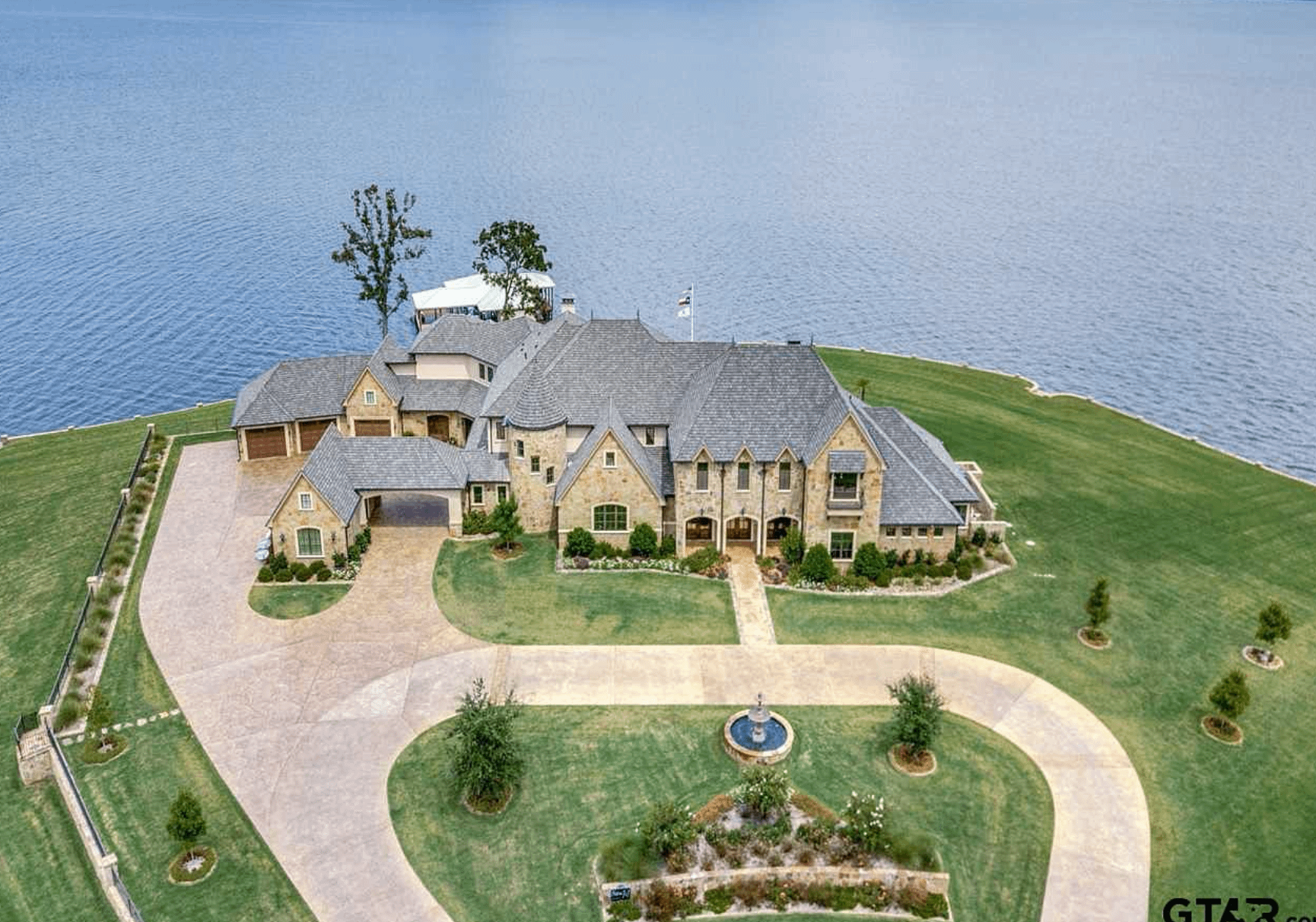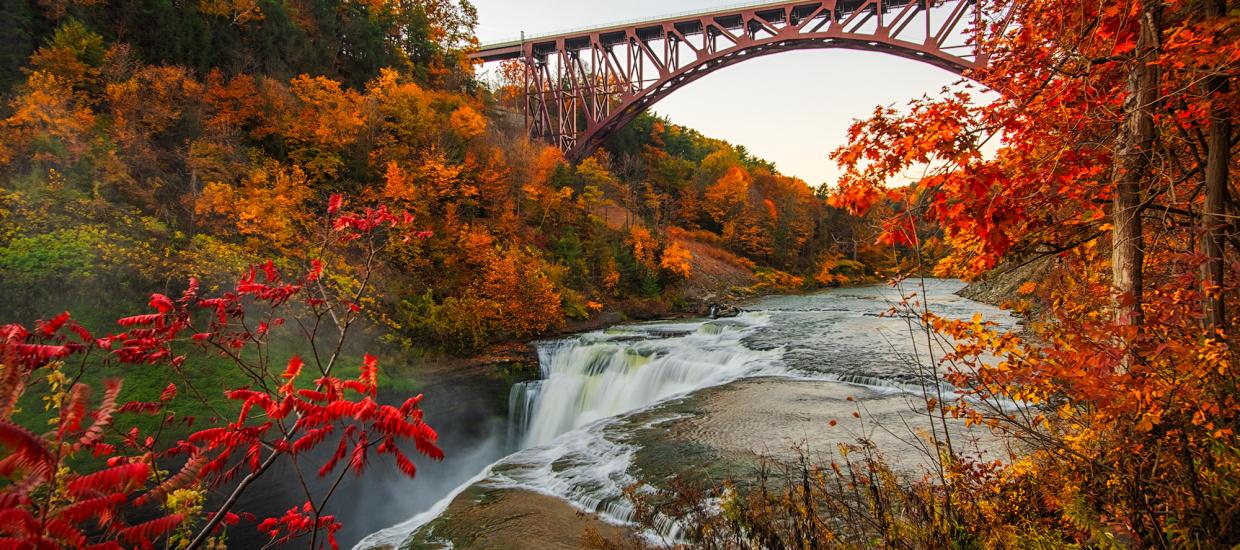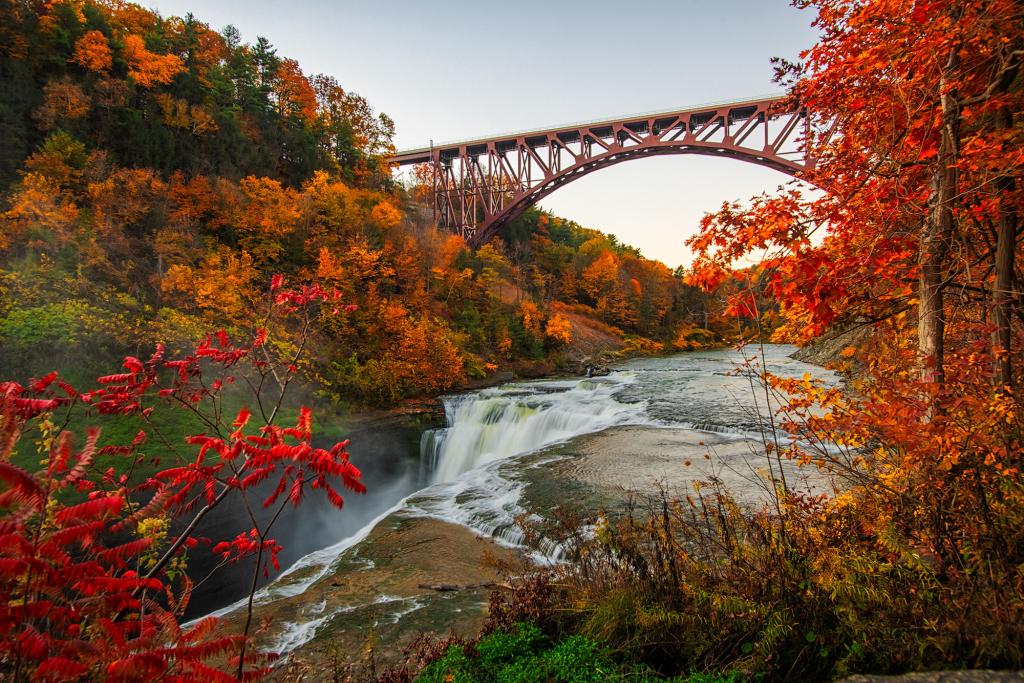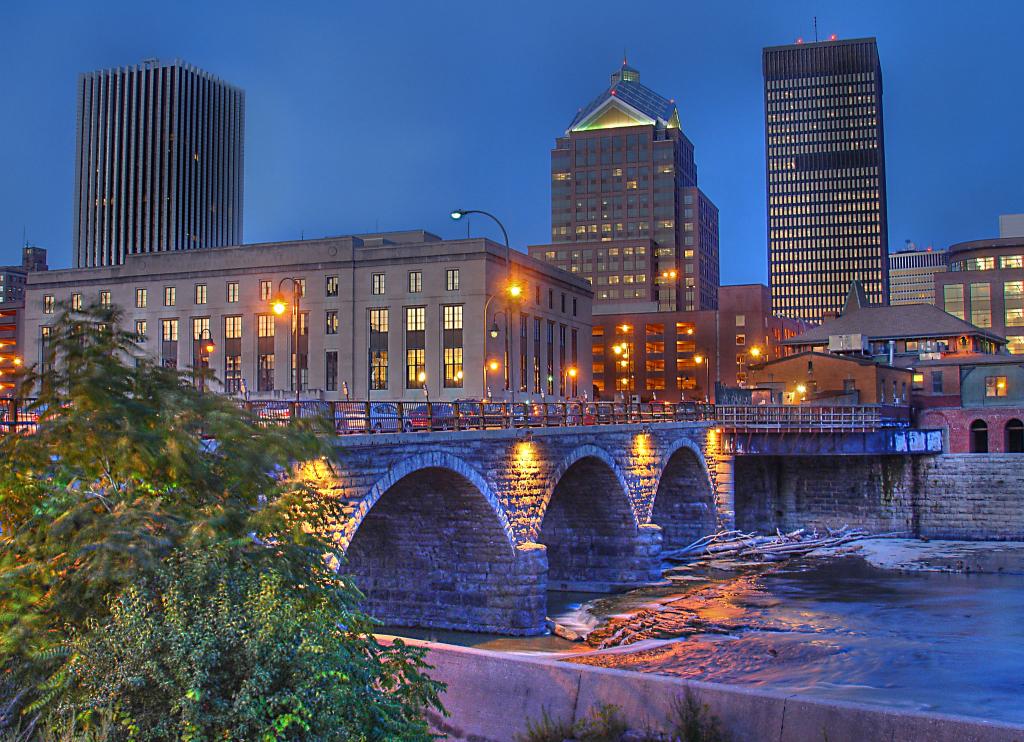
Designing a lake home that endures changing tastes requires more than following trends—it’s about making thoughtful decisions. These decisions should be rooted in comfort, character, and long-term livability. For 2026, the most compelling trends emphasize warmth, craftsmanship, and a sense of grounded ease. These qualities align naturally with lake living across regions. Whether you own a cedar-wrapped cabin in the Upper East or a modern Texas waterfront home, these trends offer adaptable ways to refresh interiors without sacrificing longevity. They also avoid the overly polished “show home” effect. They lean into layered textures, personal meaning, and natural influences that complement shoreline settings.
This year’s direction in lake-home style blends historic references with contemporary silhouettes and durable materials. This mix supports high-use households, multi-generational gatherings, and year-round lifestyles. From cozy reading corners to soft, tactile kitchens, 2026 welcomes spaces that feel lived-in and deeply personal. Here are eight decor trends that bring depth, value, and enduring appeal to lake homes across the country.
Curved Furniture & Organic Forms

Soft silhouettes—rounded sofas, barrel chairs, curved headboards, waterfall-edge coffee tables—balance the angular lines of traditional lake homes. Rooted in mid-century Scandinavian and 1970s biomorphic design, organic forms introduce quiet fluidity that mirrors shoreline topography. In modern Southwest (Texas) and California lake homes, curves help counteract rectilinear architecture. In Upper East or Mid-Atlantic cottages, they soften rustic beams and historic trim. Choose a curved sectional for a great room, a rounded entry console, or arched built-ins framing a fireplace. These shapes feel inviting and timeless rather than trendy. They work beautifully in conversation-focused layouts.
Rich, Earthy, & Warm Color Palettes

Warm neutrals, clay reds, ochres, russets, moss greens, and browned wood tones continue to replace cooler grays. These colors create enveloping spaces well-suited to lake living. Historically rooted in Arts & Crafts and early American cabin design, these palettes feel especially fitting for the Upper East, the Northern Great Lakes, and the Pacific Northwest. Organic tones echo the surrounding forests and rocky shorelines. In the Southeast and California lake regions, deeper earth tones pair beautifully with sun-washed textures and natural light. Incorporate warmth through limewashed walls, richly stained millwork, cocoa-colored upholstery, and layered rugs. This palette ages gracefully, hides wear, and provides a grounded backdrop for collected art and furnishings.
Heritage Maximalism & Pattern Drenching

“Heritage maximalism” draws from English Country, American Federal, and mid-century cabin traditions. Layered prints, motifs, and storied objects define these styles. Pattern drenching, a technique with roots in 19th-century decorative arts, applies a single pattern to walls, drapery, bedding, and upholstery. This creates a cohesive, immersive look. It feels tailored for Mid-Atlantic, Upper East, and Northern Great Lakes homes with strong architectural bones. But it can also soften modern cabins in Texas, California, and the Pacific Northwest. Think botanical wallpapers in guest rooms, ticking-stripe drapes paired with plaid bedding, or a full-pattern powder room. This trend encourages showcasing heirlooms, vintage finds, and meaningful collections, lending authenticity instead of trend-driven novelty.
Handcrafted & Personal Touches
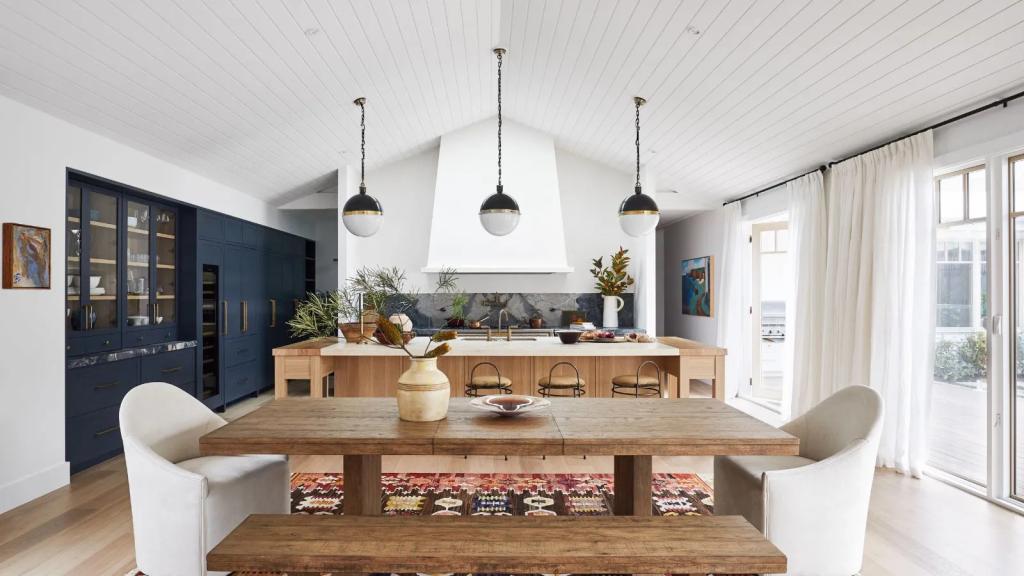
Hand-thrown ceramics, handwoven rugs, carved-wood stools, artisanal light fixtures, and custom textiles signal a shift away from mass-produced decor. The appeal lies in the longevity of craftsmanship and the personality that handmade objects bring to a home. This ethos aligns with lake living’s slower pace and regional craft traditions—from Shaker and Adirondack influences in the Upper East to Indigenous artistry in the Southwest. It also aligns with textile-forward makers in the Pacific Northwest and California. Add small-batch tiles to a bathroom, display handmade pottery in open kitchen shelving, or commission a local woodworker for a dining bench or entry mirror.
Sustainable Materials & Statement Stones

Durability and environmental responsibility guide many 2026 choices. Reclaimed wood, bamboo, cork, recycled metal, wool, and organic cottons anchor spaces with longevity in mind. Statement stones—veined marbles, richly grained soapstone, and honed granite—bring drama without excess. Soapstone feels right at home in Northern Great Lakes and Northeast kitchens. Bold marble suits California and Texas homes with modern lines. Meanwhile, warm granites complement Southeast cottages. For outdoor rooms, consider permeable pavers, sustainably harvested decking, or natural stone fire pits. These materials age beautifully and support long-term value.
Layered Lighting & Stained Glass

Layered lighting—ambient, task, and accent—creates depth and warmth across rooms. Glass pendants, sculptural sconces, mixed-metal table lamps, and undercabinet lighting help adapt interiors to changing daylight. This approach is especially useful in lake regions with long winters or bright summers. Reintroducing stained glass adds color and artistry without feeling outdated. It’s a nod to early 20th-century cabins and Craftsman cottages. Install a stained-glass transom in an Upper East entry, a jewel-toned pendant in a Mid-Atlantic stairwell, or a modern geometric sconce in a Pacific Northwest kitchen. The goal is glow, not glare—light that feels layered, intentional, and architectural.
Lived-In Luxury & Small Moments Spaces

Rather than oversized great rooms, 2026 design highlights intimate corners: hallway reading nooks, moody vestibules, hobby alcoves, window benches, and two-chair conversation pockets. This shift recalls the compartmentalized charm of historic lake cabins while accommodating modern multifunctional living. Carve out a micro-library beneath a staircase. Create a window-facing writing nook in a bedroom, or convert a wide hallway into a kids’ art corridor. This trend suits all regions. However, it is especially powerful in compact cabins in the Upper East and the Pacific Northwest, where square footage is at a premium.
The Soft Kitchen

The era of cold, all-white kitchens is fading, paving the way for “soft kitchens” layered with warmth and personality. Soft kitchens embrace wood grain, matte finishes, open shelving, warm metals, patina-friendly counters, and display-worthy ceramics. The look traces back to European country kitchens and modern hospitality design, where warmth equals welcome. Soapstone counters work beautifully in Northern regions, while warm oak cabinetry suits Southeast and California homes. Add sconces over shelving, vintage runners, handmade tile backsplashes, and island seating with comfortable profiles. The result is practical, intimate, and easy to evolve over time.
Lake homes thrive when their interiors reflect both place and personality. These 2026 trends prioritize depth, craftsmanship, and ease—qualities that respect the rhythm of lake living while offering enduring style. Whether you’re refreshing a single room or rethinking your entire retreat, these ideas bring warmth, intention, and longevity to any shoreline home. For more inspired ideas to live your best lake life, visit Lake Home Lifestyles.

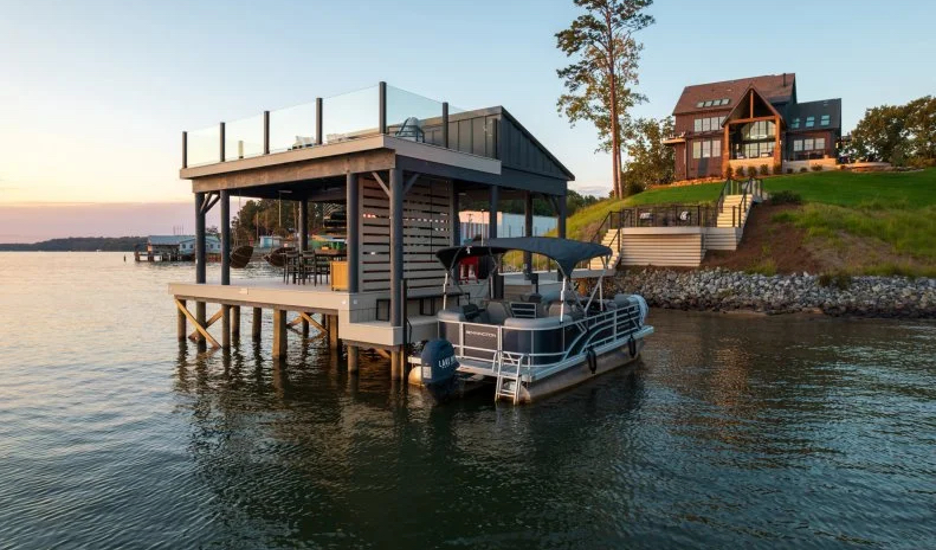








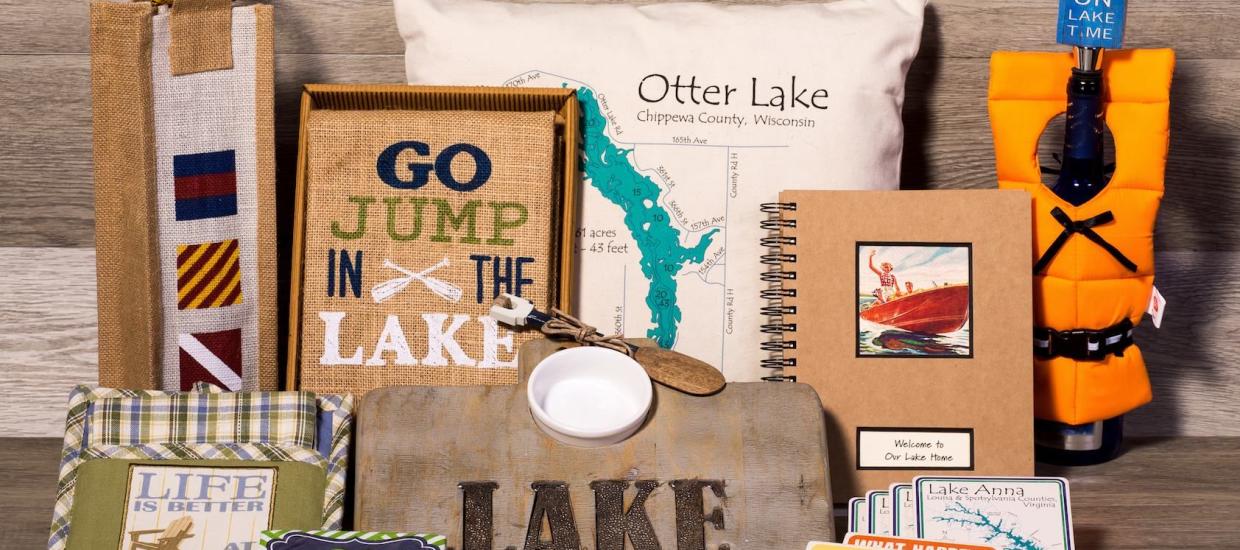

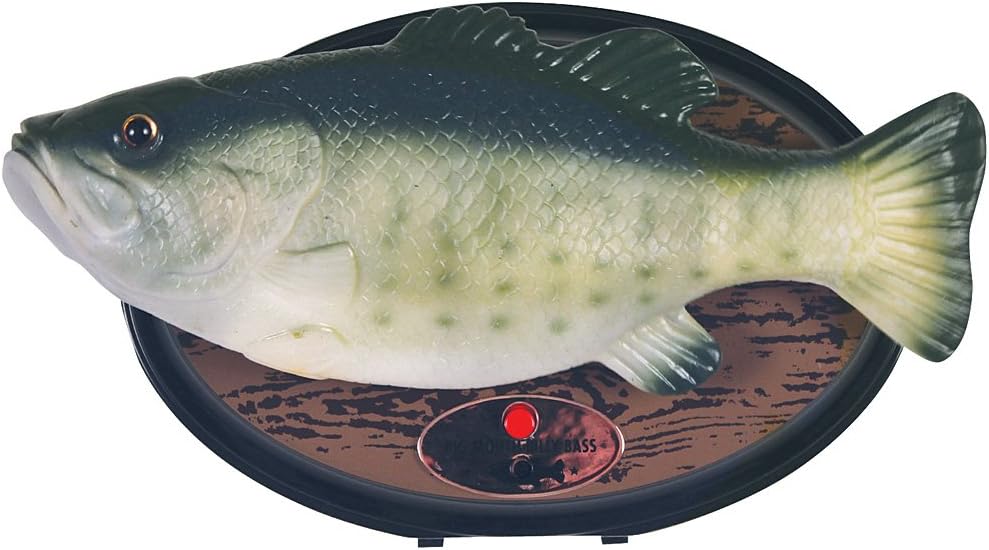
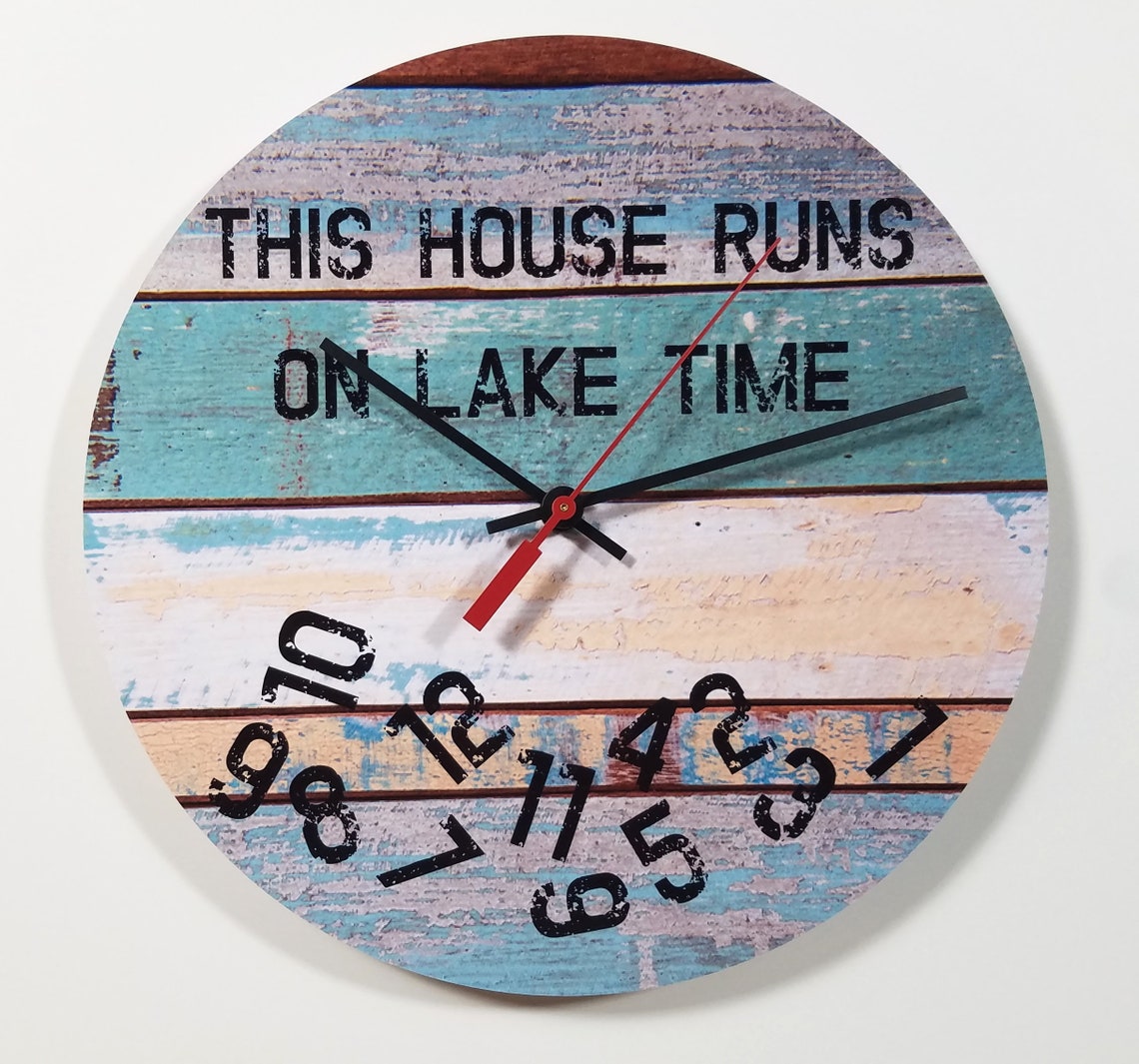
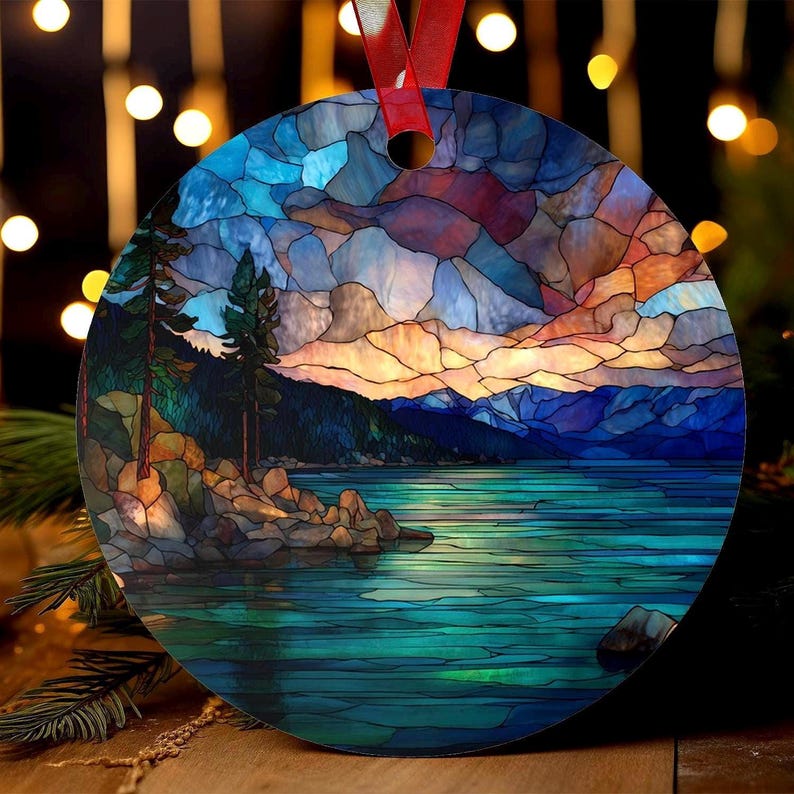
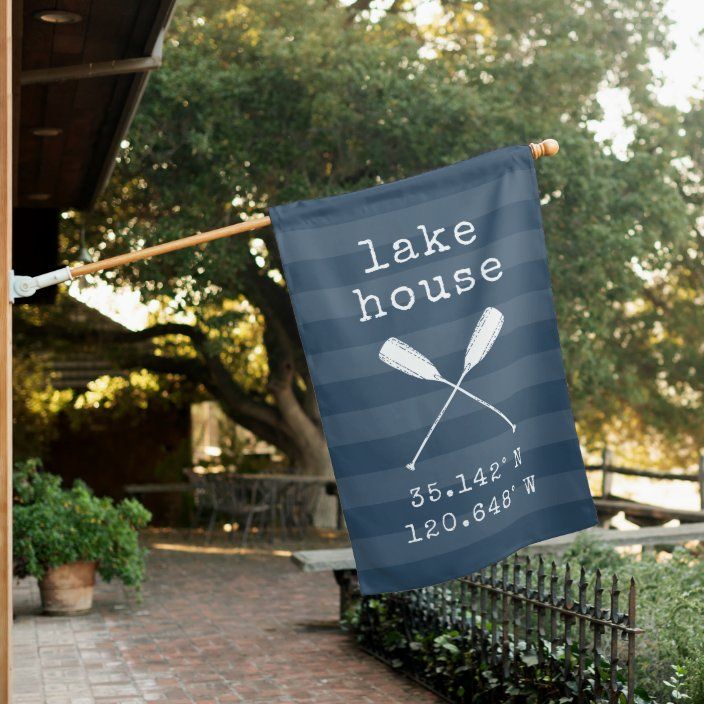
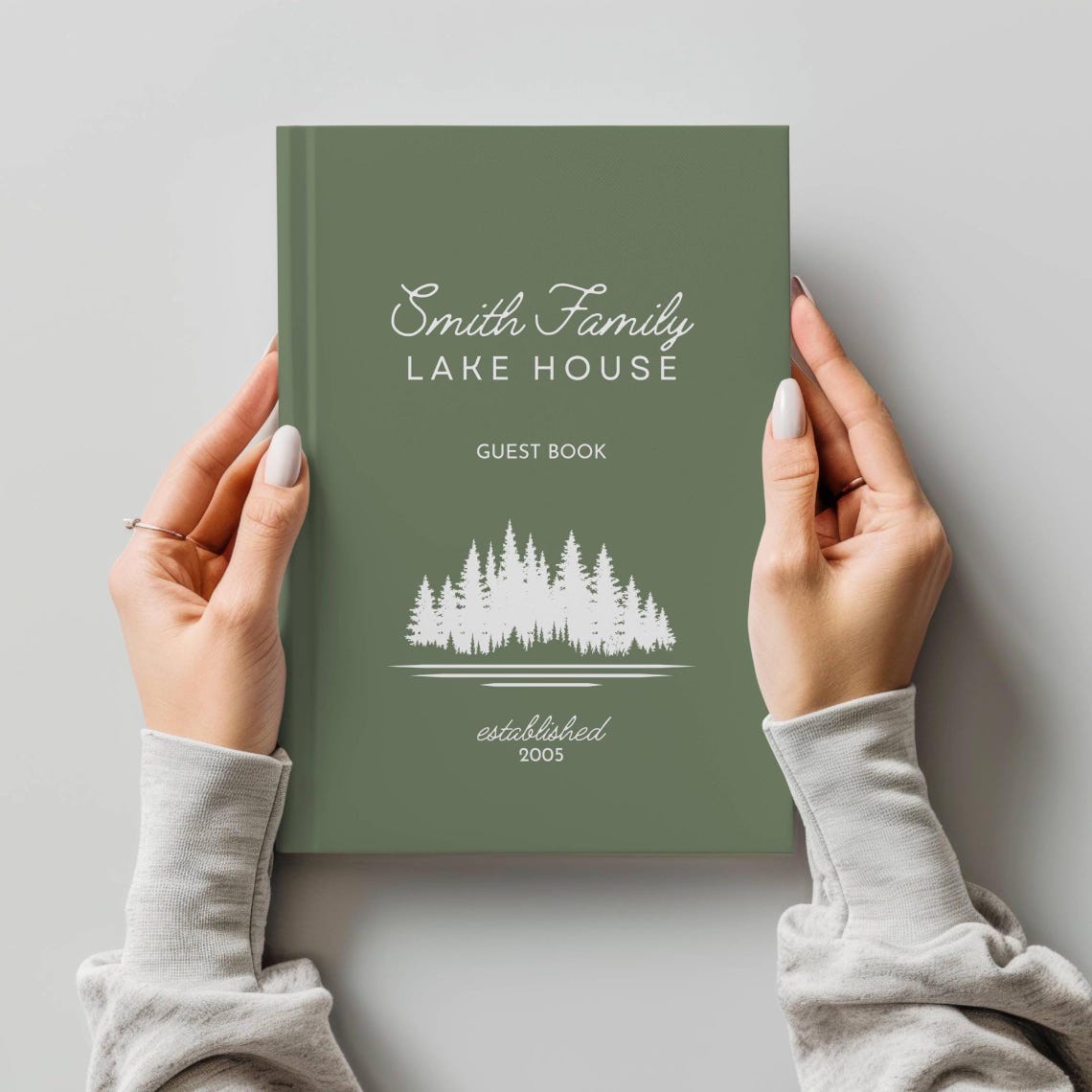


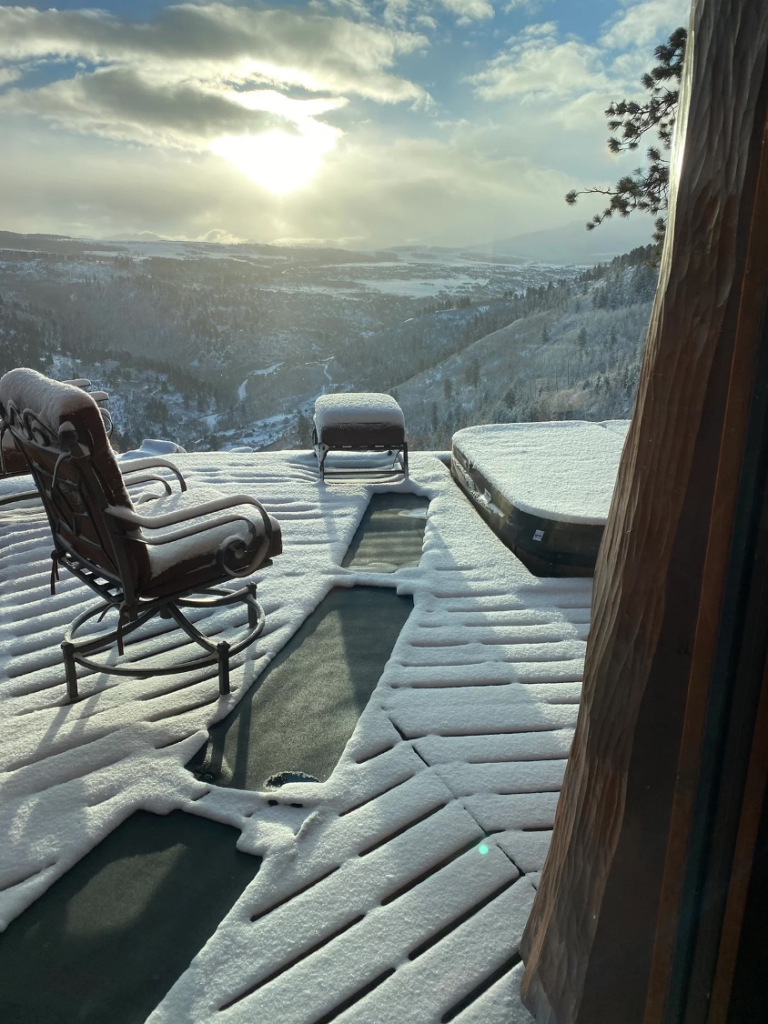












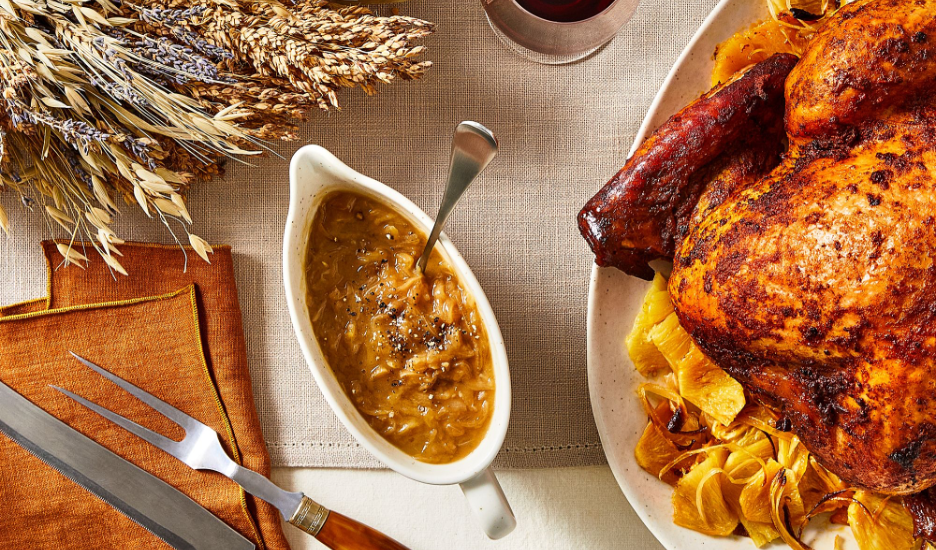





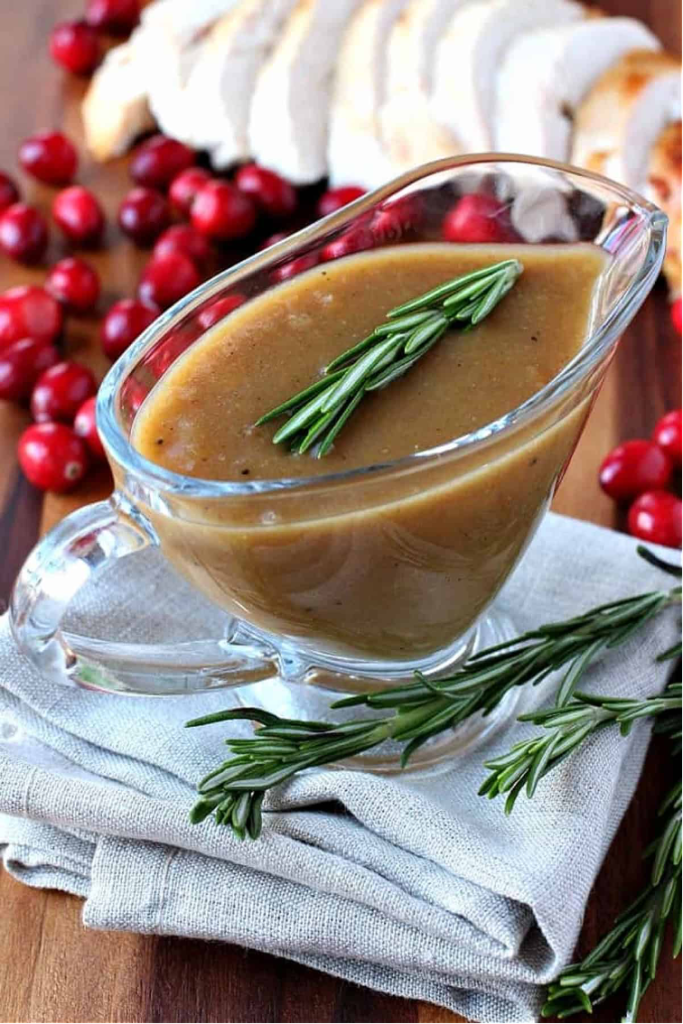






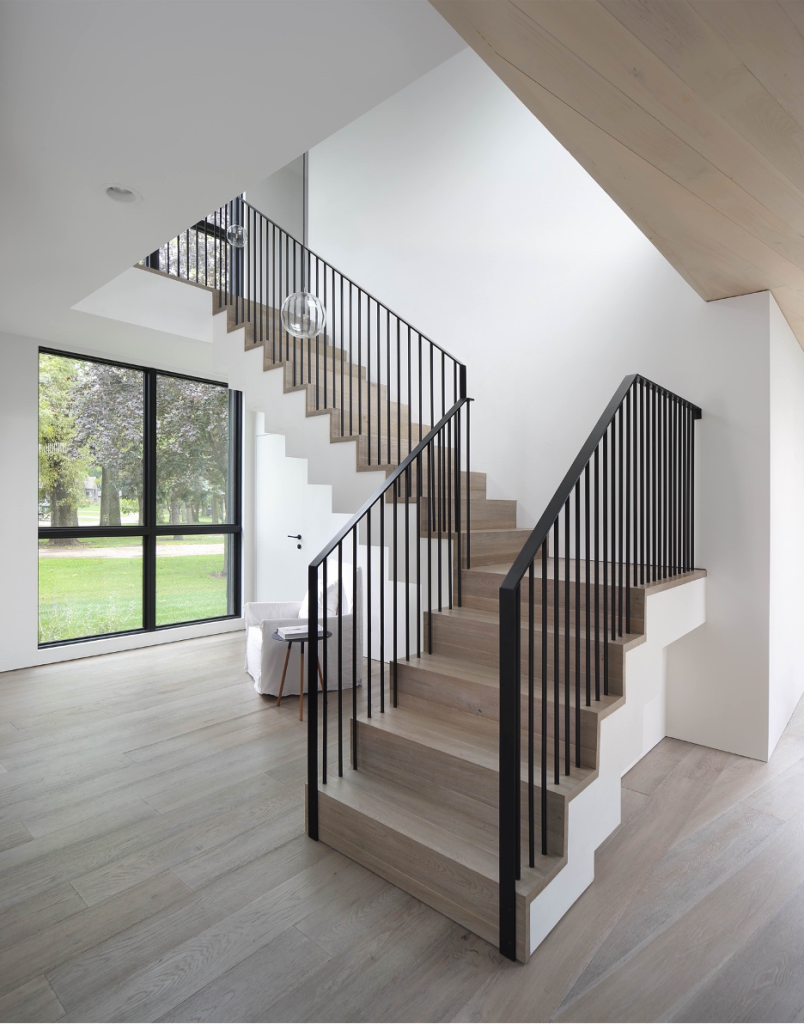







![[homesoftherich.net] Stone & Stucco Lakefront Home In Chandler, Texas (PHOTOS)](https://www.lakehomes.com/info/wp-content/uploads/2025/09/21395-Jamison-Drive-Chandler-TX-1240x550.jpeg)
